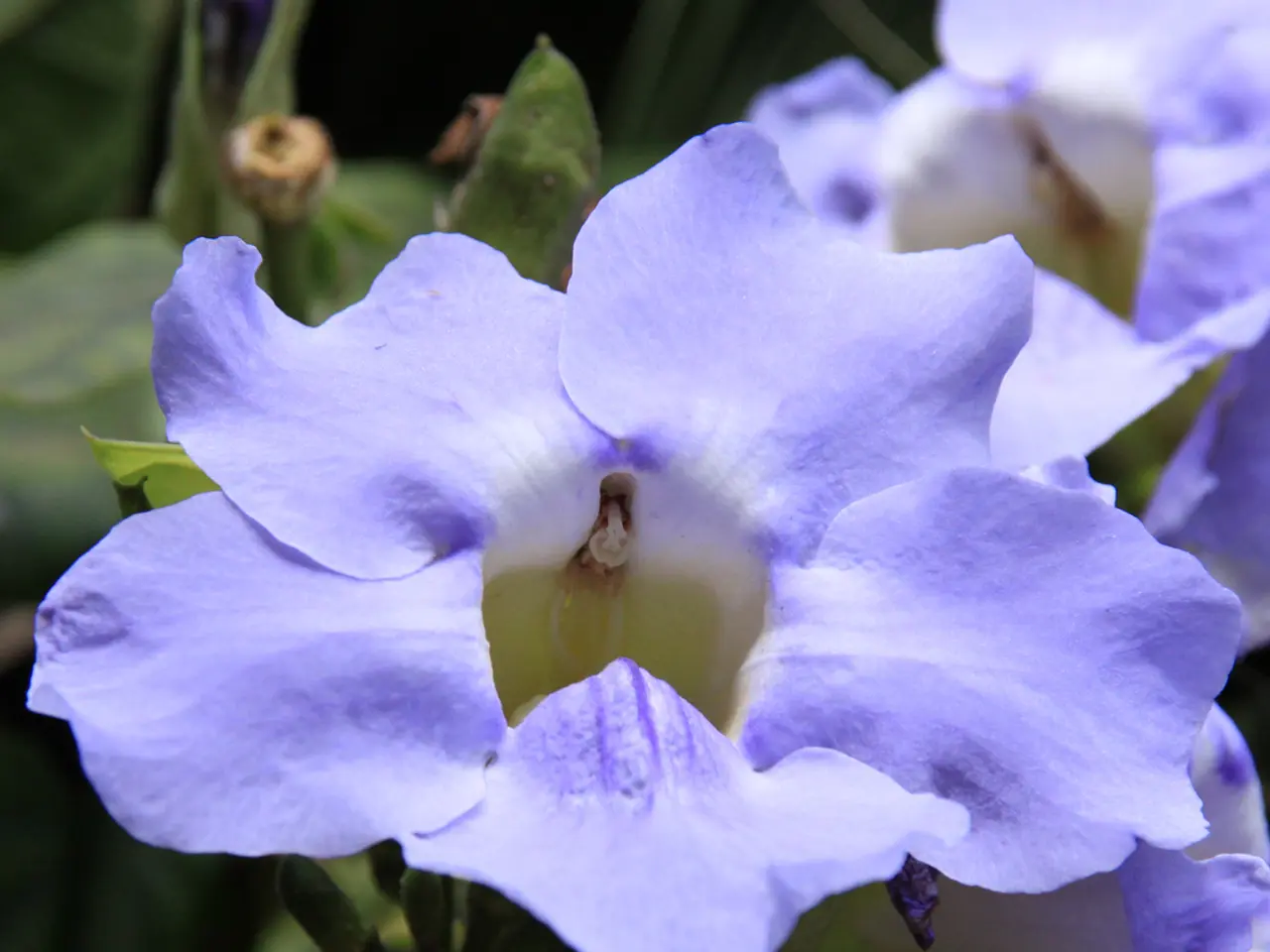Day of the Autumnal Equinox, Japan's National Holidays
The Autumnal Equinox, celebrated as a national holiday in Japan, holds deep cultural and spiritual significance. This day, which typically falls around September 23, marks the beginning of Higan, a Buddhist observance that centres around honouring ancestors and reflecting on life's impermanence.
The term Higan (meaning "the other shore") originates from Buddhist teachings, representing the ideal state one strives for through enlightenment. During this period, people visit graves, offer prayers, and express gratitude to Buddha and nature.
The red spider lily, or Higanbana, is a flower deeply connected to this spiritual transition. Blooming around the equinox, its striking red petals, resembling flames, are linked to death and the afterlife in Japanese culture. Traditionally, it is believed to bloom along paths leading souls to the next world, symbolizing the passage from life to death and reincarnation. It is often planted near graves and used in funeral rites as a guide and protector for ancestral spirits.
Customs observed around the Autumnal Equinox and Higan include visiting family graves to clean and offer incense, flowers, and prayers. This is a time to physically and spiritually reconnect with the departed. Eating Ohagi, a sweet rice ball covered with red bean paste, is also traditional during Higan as an offering and for sharing with family. Offering temple rituals and incense is another practice to cultivate merit for ancestors and reflect on impermanence.
The Pure Land of paradise is believed to be closest when the sun rises due east and sets due west at the equinoxes. Clusters of Higanbana blooms can be seen in rice field paths, riversides, and parks, adding a poignant touch to the autumnal landscape.
In summary, the Autumnal Equinox in Japan is a communal and spiritual moment that blends Buddhist ideas of crossing into enlightenment with deep respect for deceased family members, all symbolized and enhanced by the poignant bloom of the red spider lily, which signifies life, death, and the spiritual journey beyond. This intertwined cultural and spiritual framework reflects Japanese values of balance, remembrance, and the cyclical nature of existence.
References:
- Japan Today
- Britannica
- Nippon.com
- Cultural Japan
- The Spruce Eats
- During the Higan period, one can often find clusters of the striking red spider lily, known as Higanbana, blooming in rice field paths, riversides, and parks, which add a poignant touch to the autumnal landscape, symbolizing life's cycles and transitions.
- Reflecting Japanese values of balance and remembrance, the Autumnal Equinox and Higan's customs, such as visiting family graves, cleaning and offering incense, flowers, and prayers, as well as eating sweet rice balls (Ohagi), are deeply integrated with fashion-and-beauty, food-and-drink, and relationships, emphasizing the importance of spiritual connection, gratitude, and ancestral reverence.
- As part of the education-and-self-development opportunities offered during Higan, many individuals engage in temple rituals and incense offerings, fostering a deeper understanding of Buddhist teachings, the ideal state one strives for through enlightenment (the "other shore"), and the cyclical nature of life.
- The Autumnal Equinox, which serves as a national holiday and a moment of cultural and spiritual significance in Japan, also ties into the lifestyle and travel sectors, offering a unique opportunity for those interested in experiencing and understanding diverse cultural practices, particularly in the regions showcasing the beautiful Higanbana blooms.





